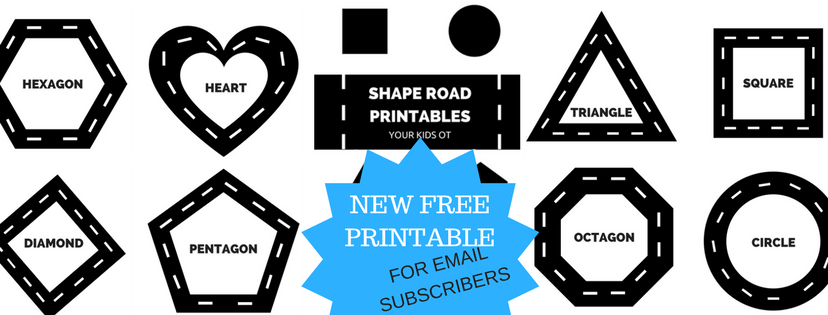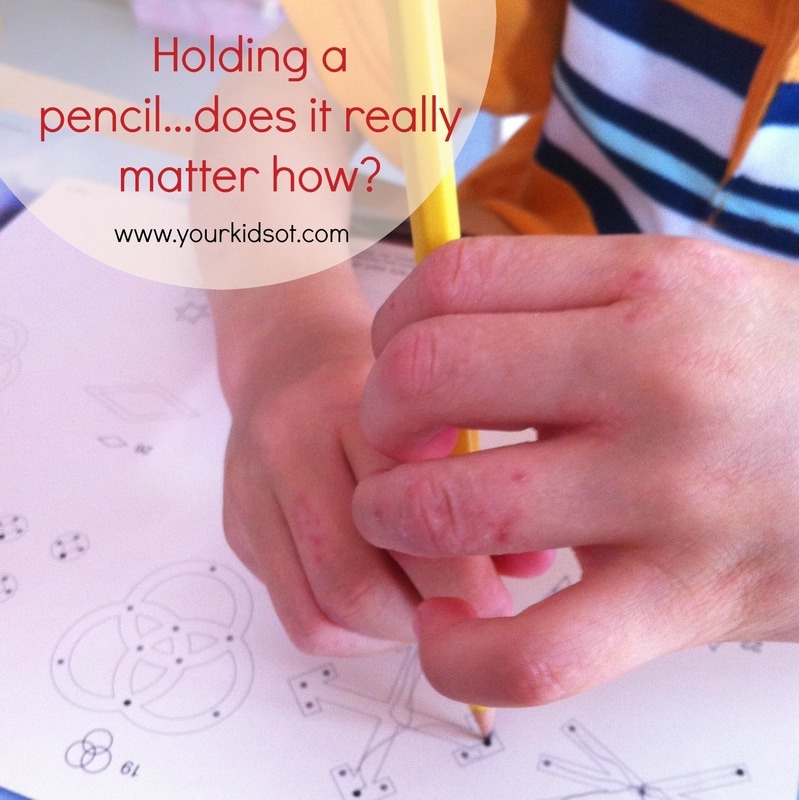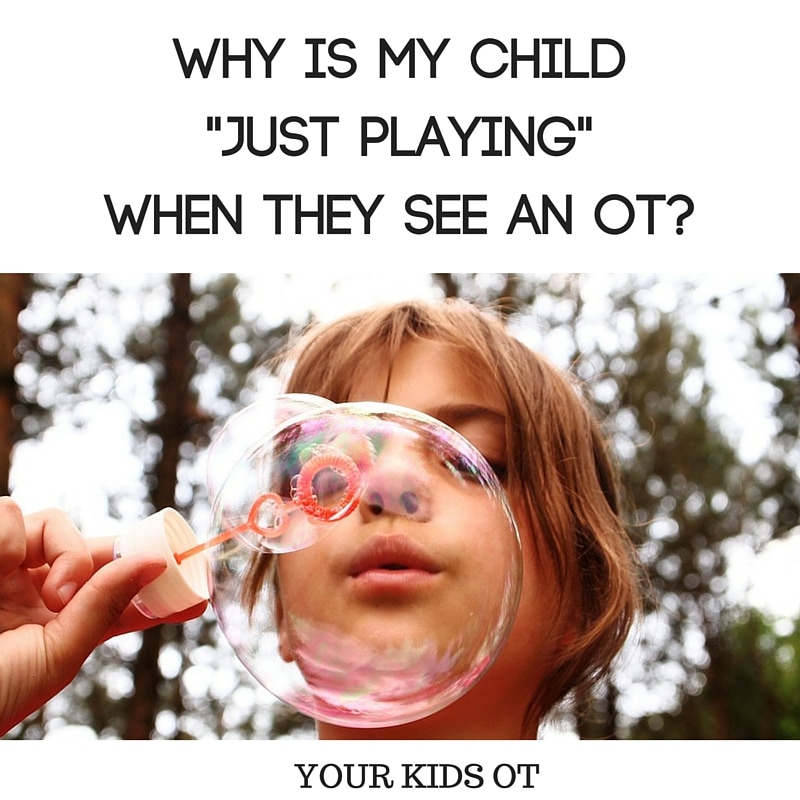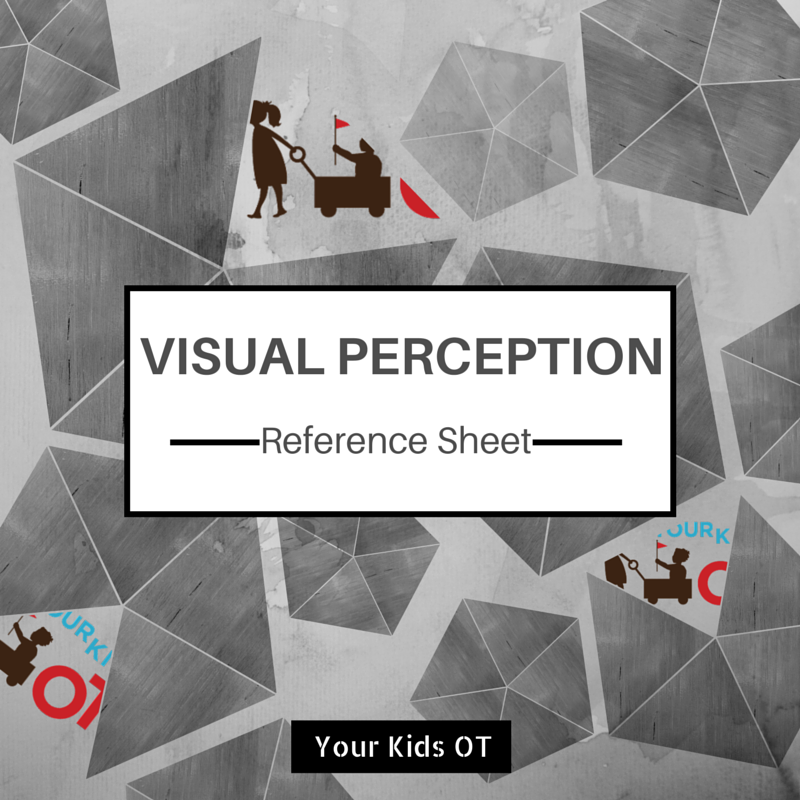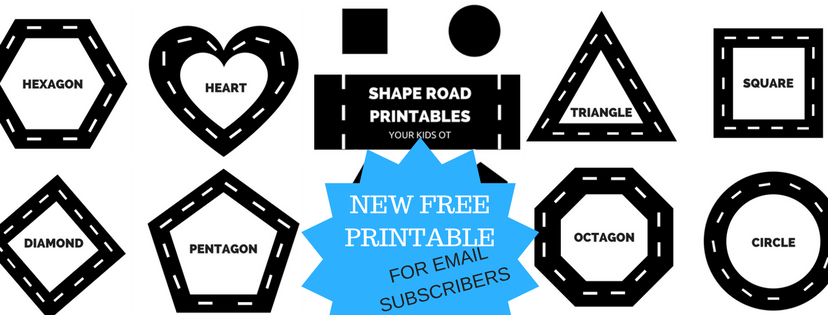|
Affiliate links are used throughout this website to promote products I love and recommend. I receive a commission if any purchases are made through these links. Please see my disclosure policy for more details. Your baby turns their head with their mouth open when the corner of their mouth is stroked or touched. They look like they are looking for food. (Rooting reflex). You touch the corner of you baby's mouth and they begin to suck to feed, suck on fingers, suck on a pacifier. (Sucking reflex). Your baby throws their head back, extends their limbs, cries and pulls their arms and legs back in again when they hear a loud sound or even their own cry. (Startle reflex). Your baby wraps their fingers around yours when you place it into the palm of their hand. (Palmar grasp reflex). These are some of the primitive reflexes that full-term babies demonstrate at or soon after birth. Primitive reflexes and their postural reactions are automatic brainstem-mediated movement patterns that start developing inutero and are usually integrated (and are harder to elicit) after 6 months of age. * After birth, a baby experiences the sensations and stimulation of the world. They begin to develop more coordinated movement and neurological control. This helps them to integrate the primitive reflexes and postural reactions to higher level motor patterns (such as crawling, walking, talking) and higher level learning and brain development. When primitive reflexes do not fully "integrate" they are also referred to as "retained". You can get a free copy of "Signs of Retained Primitive Reflexes" from Integrated Learning Strategies. ----> Take me to Signs of Retained Primitive Reflexes. Primitive Reflexes and Brain development There is much evidence that can be found in medical, neurological and pediatric journals on primitive reflexes and brain development. Here are a few references from the great body of evidence.
Impact of Retained Primitive Reflexes There is a growing body of evidence connecting retained primitive reflexes with a variety of disorders including cerebral palsy, autism spectrum disorder, ADHD and learning difficulties. Here are a few of these references.
Efficacy of Movement Programs for Helping Those with Retained Primitive Reflexes. This is an emerging area of research which continues to grow. Here are a few of these references.
This is not an exhaustive literature review. Please let me know if you have further evidence. )Want to find out more about primitive reflexes? Are you interested in testing if your child has retained primitive reflexes? Are you a therapist or teacher looking for training on this area of practice? Integrated Learning Strategies are offering a new e-Course to assist therapists and professionals with retained primitive reflexes.The e-Course offers a wealth of information that includes the following: * More than 40 videos of personal instruction, testing for the reflexes and exercises to integrate the reflexes * 85-page digital handbook with signs and symptoms of primitive reflexes, myths about primitive reflexes, testing and exercises * 7 charts and graphs that include parent observation sheets, exercise schedule, progress tracking sheets, learning and motor development checklists and much more * Private Facebook group where you can ask questions about testing or exercises, visit with other parents or OTs that have had similar experiences and receive additional instruction or training as needed AVAILABLE FOR A LIMITED TIME --------> SIGN UP FOR THE INTEGRATED LEARNING STRATEGIES E-COURSE E-Course and Handbook Registration (Current registration period Jun2 15 - June 26, 2020) There is a limited time to purchase the e-course but then you have 12 months to watch the videos. This course is available twice a year. I have personally completed this e-course in 2018 and highly recommend it. It takes about 3 hours to complete the whole course but you can start and stop when it suits you. It is very well presented and very comprehensive. The handbook is a wonderful resource to refer to during the course as well as to keep as a handy reference in the future. You can obtain a participation certificate by emailing the creators after you finish the course. Have you considered how to integrate primitive reflexes? Have you joined up to do the e-course?
* Zafeiriou, D. I., MD, Phd. (2004). Primitive Reflexes and Postural Reactions in the Neurodevelopmental Examination. doi:10.1016/j.pediatrneurol.2004.01.012
Comments are closed.
|
AuthorHi, I'm Cindy and I am an Occupational Therapist. I enjoy working creatively with children to see them reach their potential. Read more about me here. SEARCH THIS SITE
Archives
June 2024
Categories
All
Popular Posts |
Join the YKOT e-newsletter!
Subscribe to get our latest content by email and receive
the SHAPE ROADS PRINTABLE NOW!

Success! Now check your email to confirm your subscription and receive your free printable!
Join our Mailing List!
Subscribe to get our latest content by email and receive
the SHAPE ROADS PRINTABLE NOW as a thankyou!

Success! Now check your email to confirm your subscription and receive your free printable!
Disclaimer: The information on this site is general in nature and should be used for educational and entertainment purposes. The activities are safe for most children, however, you should consult an Occupational Therapist or health professional to address specific movement, sensory or other medical conditions. This blog does not replace formal therapeutic professional advice given by a health professional or medical practitioner. Reviews and endorsements of products will only be made based on my expertise and personal opinion; and deemed worthy of such endorsement. The opinions shared in sponsored content will always be my own and not that of the advertising company or brand. Content, advertising space or posts will be clearly identified if paid, affiliated or sponsored. Affiliate links may be found throughout this website in advertising. This means that if you follow through with a purchase from these links, Your Kids OT will receive a percentage of the sale. Your Kids OT undertakes to meet the requirements of the "Social Media Policy" as published by Australian Health Practitioner Regulation Agency (AHPRA). Further information about this policy can be found here.
Find meFollow me |
About me
AuthorHi, I'm Cindy and I am an Occupational Therapist. I enjoy working creatively with children to see them reach their potential. Read more about me here. |
Copyright © 2017 Your Kid OT

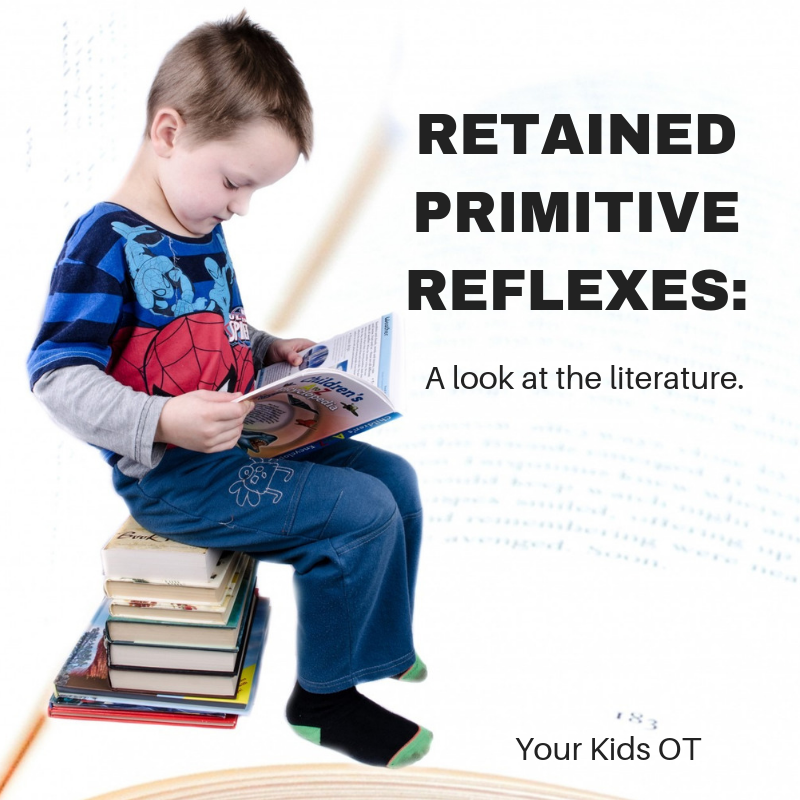
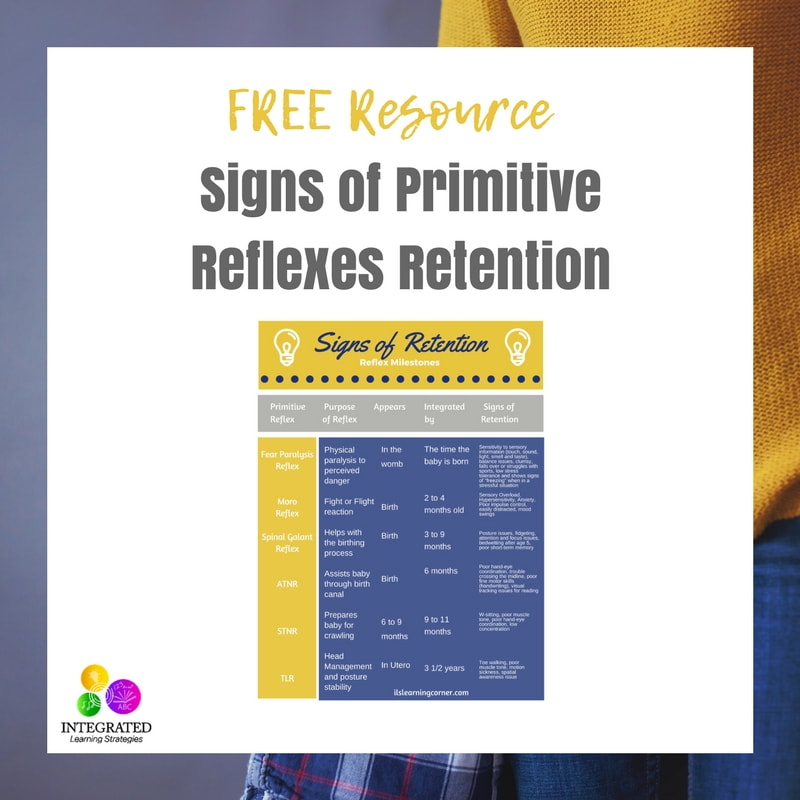


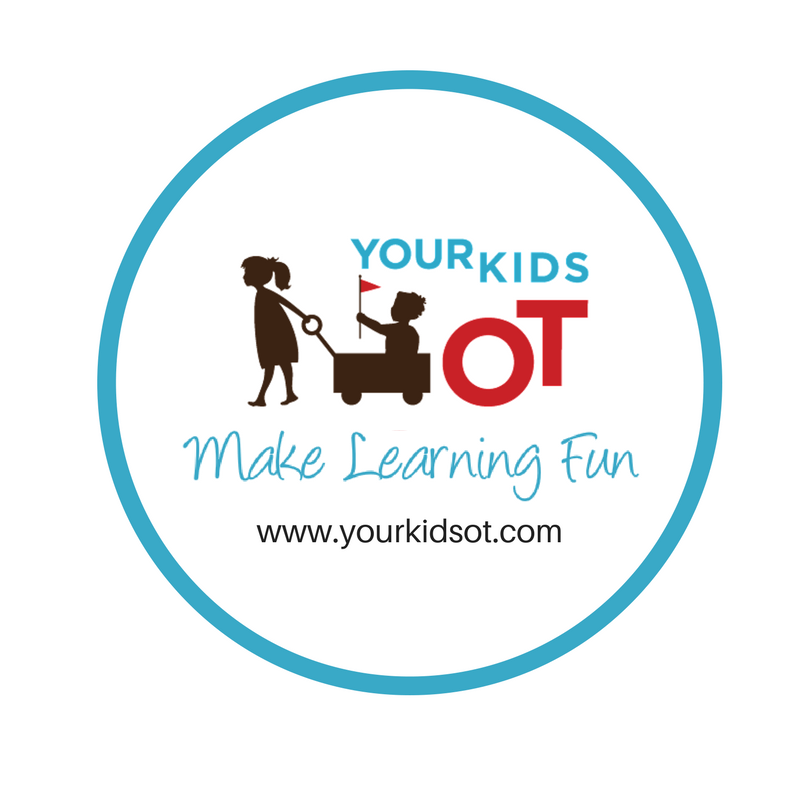
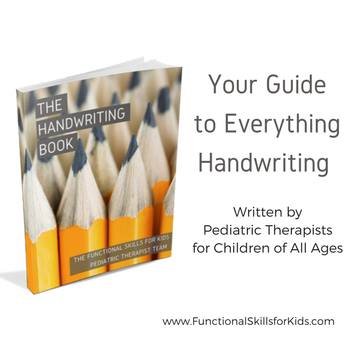
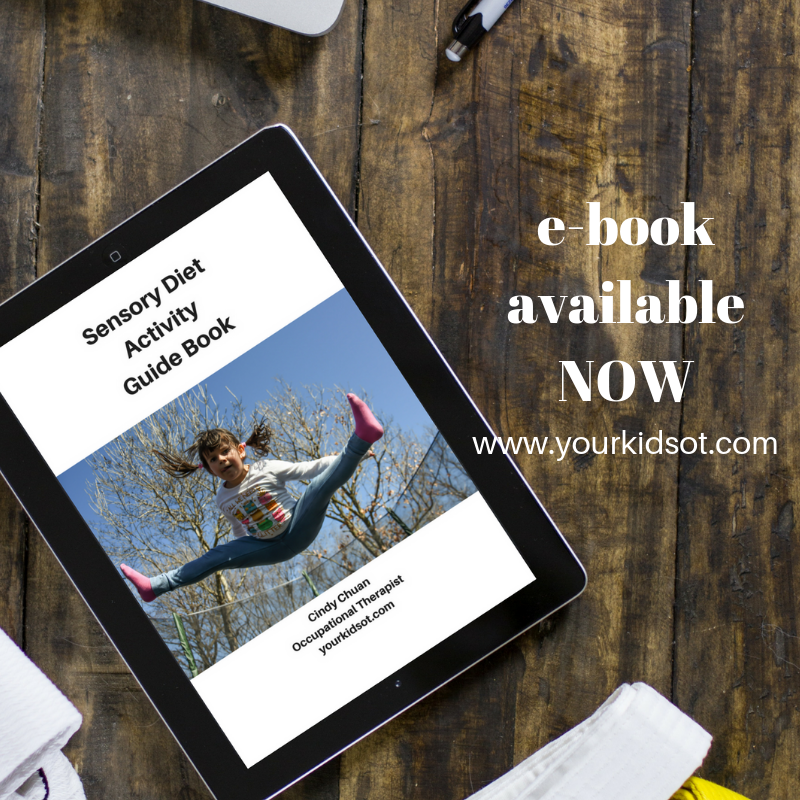
 RSS Feed
RSS Feed
